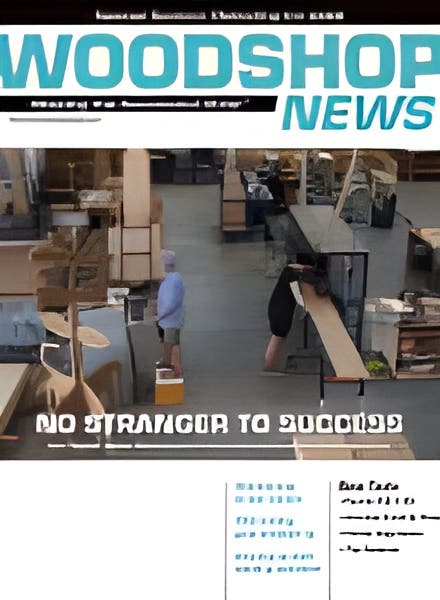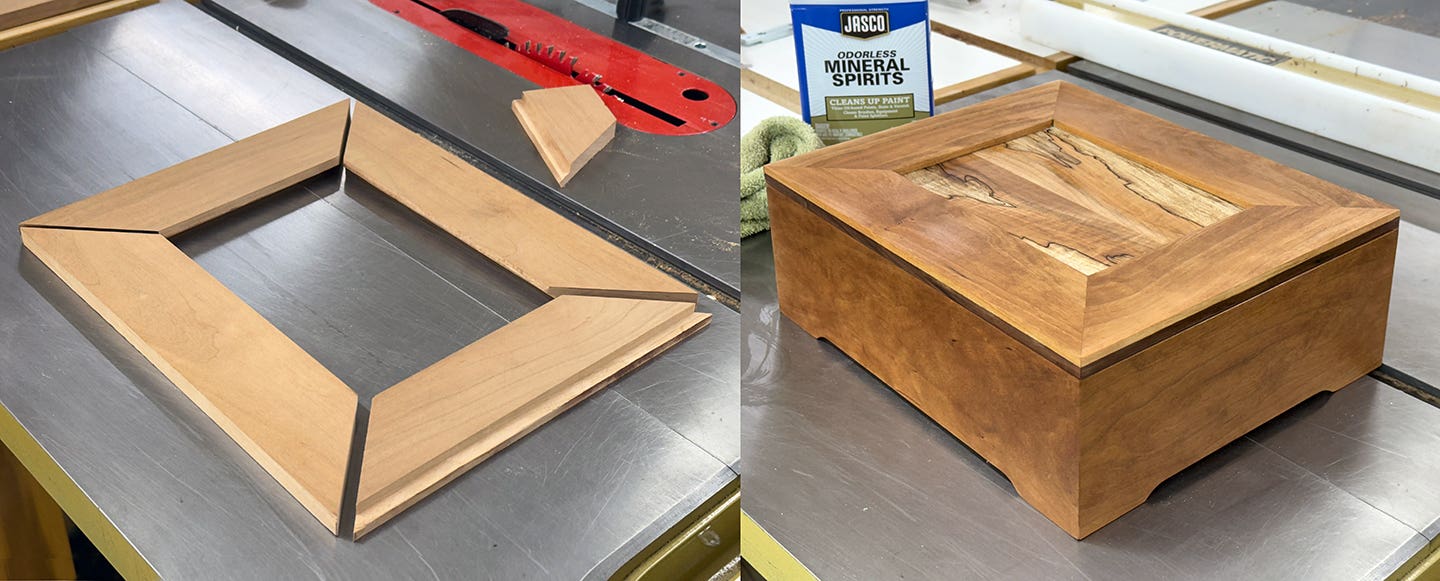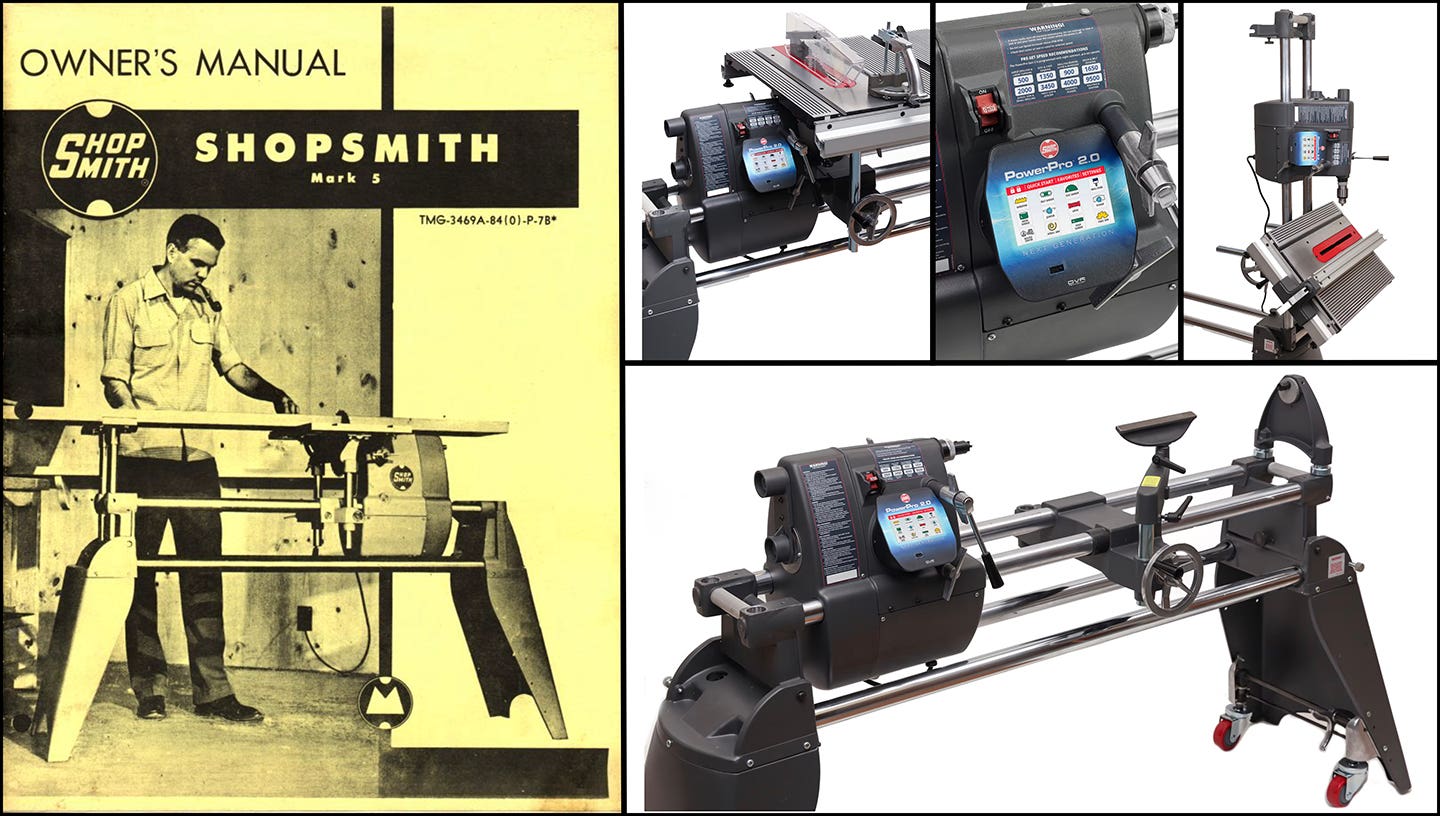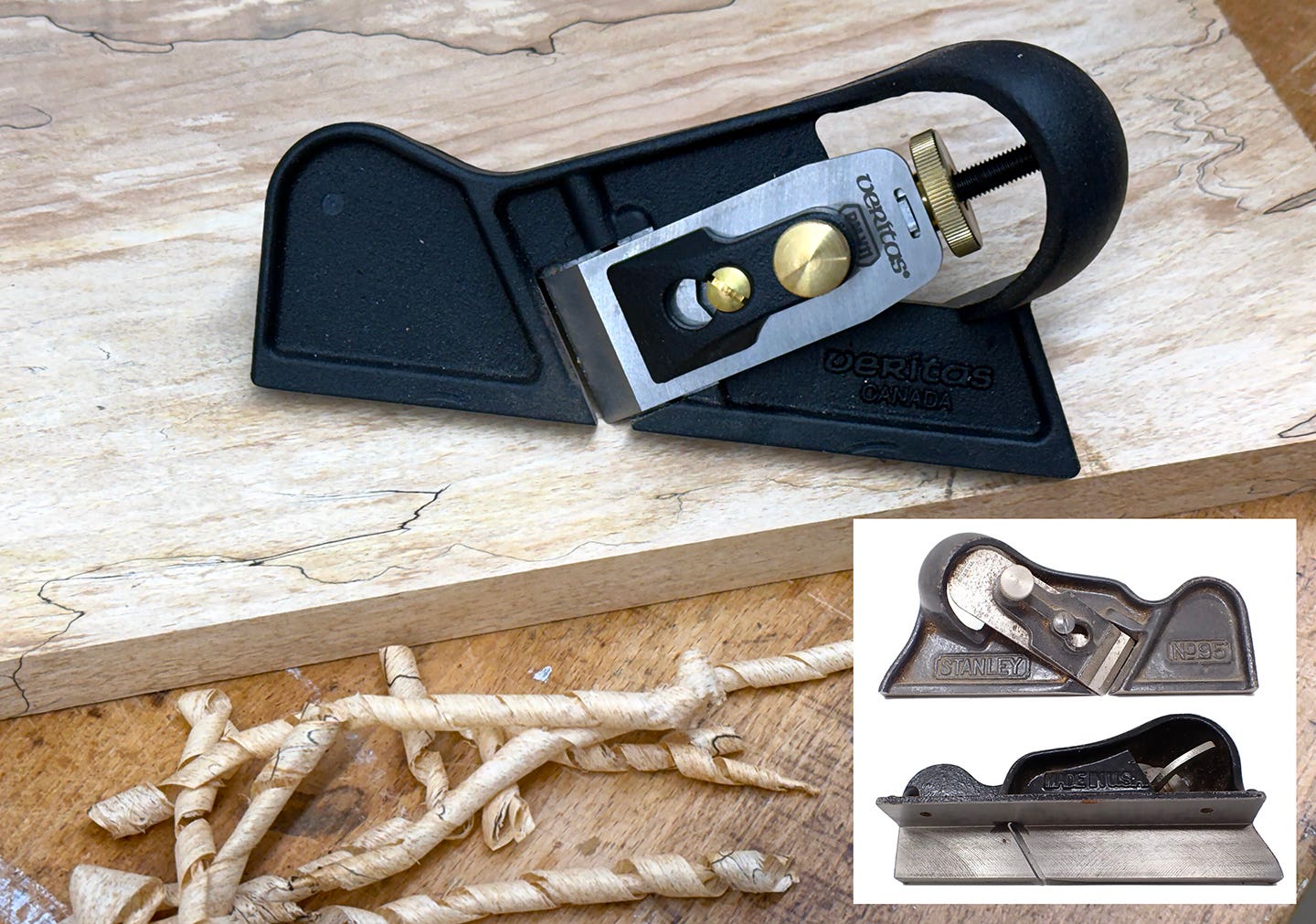Staying sharp, but rooted in traditional ways
Oftentimes, when a woodworker hears about a CNC machine, the conversation revolves around a three-axis router for cutting sheet goods, along with debates about the machine’s costs and benefits. Yet…
Oftentimes, when a woodworker hears about a CNC machine, the conversation revolves around a three-axis router for cutting sheet goods, along with debates about the machine’s costs and benefits. Yet very few give thought to how CNC machines other than three-axis routers bring benefits to their shops.
For many woodworkers in Connecticut, southeastern Massachusetts, Rhode Island and areas in and around New York City, those CNC machine benefits come from a business that is now being run by its fifth generation: Connecticut Saw & Tool.
Connecticut Saw & Tool is located in Stratford, Conn., with a small branch operation in Brooklyn, N.Y. Though well-rooted in the craftsmanship of the past, the shop floor of Connecticut Saw also has its feet planted firmly in the digital technology of the 21st century with several CNC-controlled sharpening machines for circular saw blades and tooling.
Connecticut Saw traces its roots back to the Dolomite Mountains region of Italy, where the raw material for grinding stones is mined. In 1910, Henry Povinelli emigrated from Italy to Indiana and started a knife and tool sharpening service. Then, in 1917, his son Nick Povinelli moved to Bridgeport and started Connecticut Grinding Service. The company eventually moved to its current location in 1986.
Much of the growth of Connecticut Saw & Tool is attributed to Jim Povinelli, whose son, Dan, now runs the company.
The company offers a blend of sharpening techniques, using diamond lapping plates and buffing wheels for hand tools, specialized multi-axis CNC-controlled machines to sharpen a wide variety of circular saw blades and a five-axis CNC machine to sharpen and make router bits.
Sharpening saw blades
When a saw blade arrives, the first step is a good cleaning. It is then inspected for damage to the teeth or the blade itself. When carbide teeth need to be replaced, it is done either by hand or machine. Blades are also inspected for flatness and runout, after which decisions are made about the best sequence for repairing and sharpening.
If carbide teeth need to be replaced, they are first rough-ground with a Foley-Belsaw sharpening machine. The final size is achieved with CNC-controlled equipment. The mix of Old- and New World techniques has proven to be the most efficient and cost-effective approach.
Connecticut Saw installed its first Vollmer CNC-controlled circular saw blade sharpening machines in 1981. It currently has 13, capable of sharpening blades from 4” to 34” in diameter. Most of the machines are set up for a specific task to minimize downtime.
The blades gets a final inspection and are then protected with a wax coating for shipment to the customer, usually within a week.
Sharpening and making router bits
The “tool” part of the company’s name is a reflection of the recent changes in the woodworking industry concerning the use of sophisticated CNC-controlled multi-axis routers. While some of these machines use circular saw blades, a vast majority of them use router bits. Since the woodworking CNC machines are used for accuracy as well as speed, the tooling used in them has to support that capability for accuracy. The company relies on a Walter Helitronic five-axis grinder to get the job done, capable of producing a 5-micron edge (for reference, a human hair is about 90 microns in diameter).
This accuracy is of particular importance given all the different types of spiral and compression router bits used in the cutting of sheet goods and melamine.
Though the Walter CNC grinder is an extremely capable machine, it needs support both from other tools and from a skilled operator who, in the case of Connecticut Saw, is not only a good machinist, but is also a good CAD operator. Supporting machines include a 3M wheel dressing machine that shapes and measures the diamond grinding wheels as they are used so that they stay concentric and capable of sharpening quickly. As the diamond tools are dressed and change in size, this information is fed back to the software that calibrates the Walter CNC grinder.
A variety of traditional tools are used to measure the router bits for quality control after they are sharpened. The company uses Starrett granite surface plates, V-blocks, dial gauges and micrometers, plus a Mitutoyo optical comparator profile projector to precisely measure the correct angles on the router bits. This falls under the category of quality control and also provides customers with the bit’s exact diameter, which is fed into their CNC router’s controller.
The company can also manufacture custom router bits with Walter Helitronic’s Tool Studio Endmill Wizard CAD/CAM software.
Sharpening and making profile knives
The company can make custom knives from a CAD drawing, sketch or wood sample supplied by the customer. Again, using a combination of manual and CNC-controlled grinding machines, it can grind up to 14” wide profile knives for extra wide moldings and test cuts are made in house to ensure a tight and accurate fit for any if its profile knives that will mate together, like cope and stick profiles for doors and windows.
Corrugated back knives are made with M2 and M3 steel sourced from Wisconsin Knife Works. For long runs, exotic hardwoods and PVC, the company offers carbide inlaid corrugated steel, two-piece carbide Bak-Pak brand knives and a variety of specialty products such as Wisconsin Knife Works Opti and Badger steel.
For sharpening, some customers send just the knives to be sharpened, though some send the knives and the molder head they are mounted on as Connecticut Saw has the capability to mount the molder heads on a CNC grinder to sharpen the cutting knives.
For those with Williams & Hussey molders, Connecticut Saw makes its own blanks and has them heat treated locally.
Connecticut Saw & Tool is a great example of a shop using traditional manual tools coupled with 21st century, CNC- controlled machinery to quickly and efficiently serve their customer’s tool sharpening needs. This blend of the old and the new is a good business model for all in the woodworking industry to give thought to, especially with the push being given to the woodworking shops, large and small, by digital technology.
This article originally appeared in the August 2015 issue.







